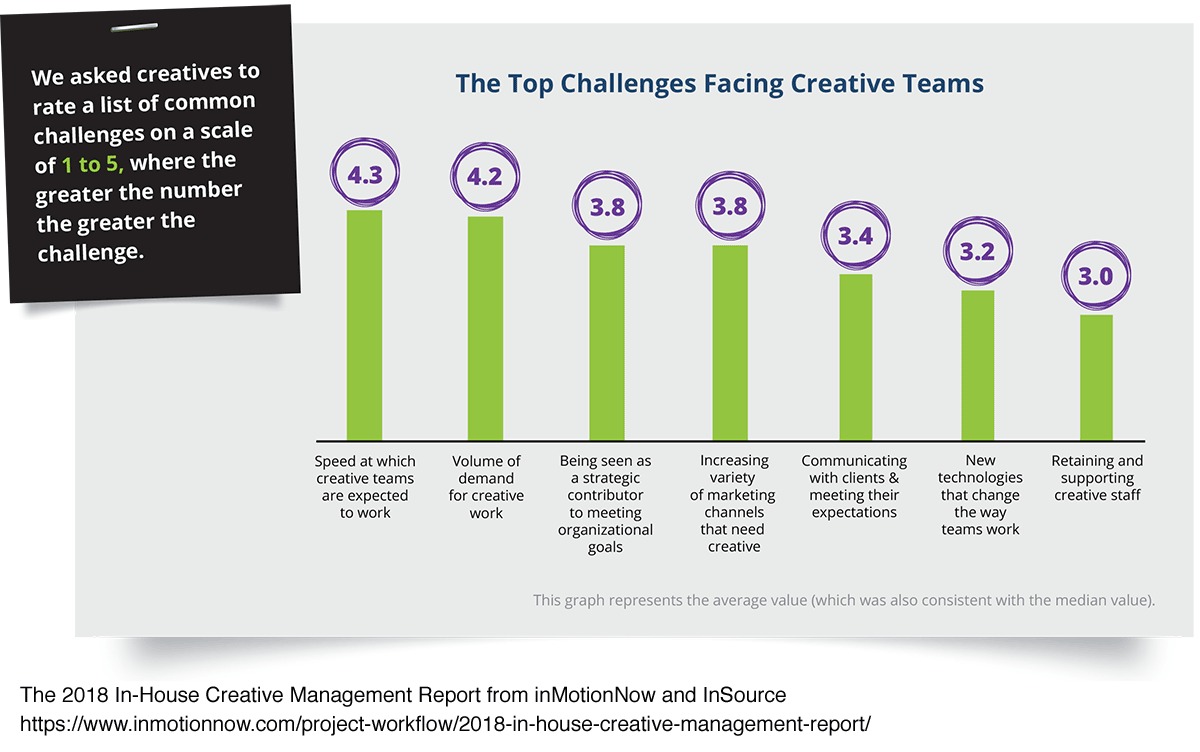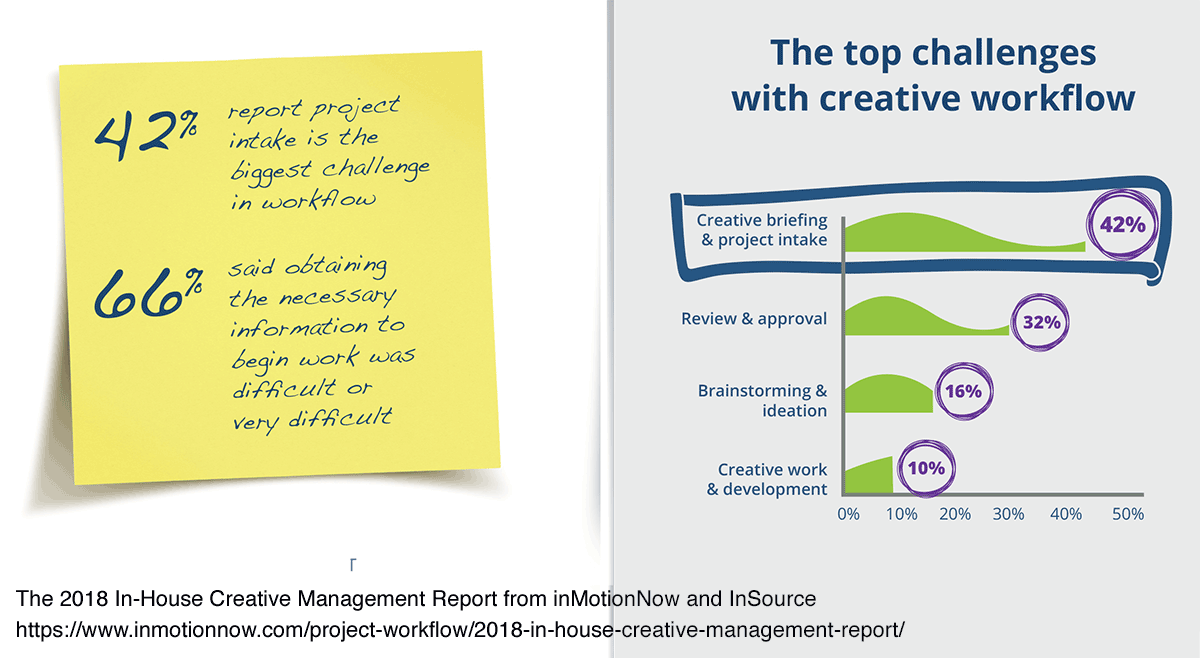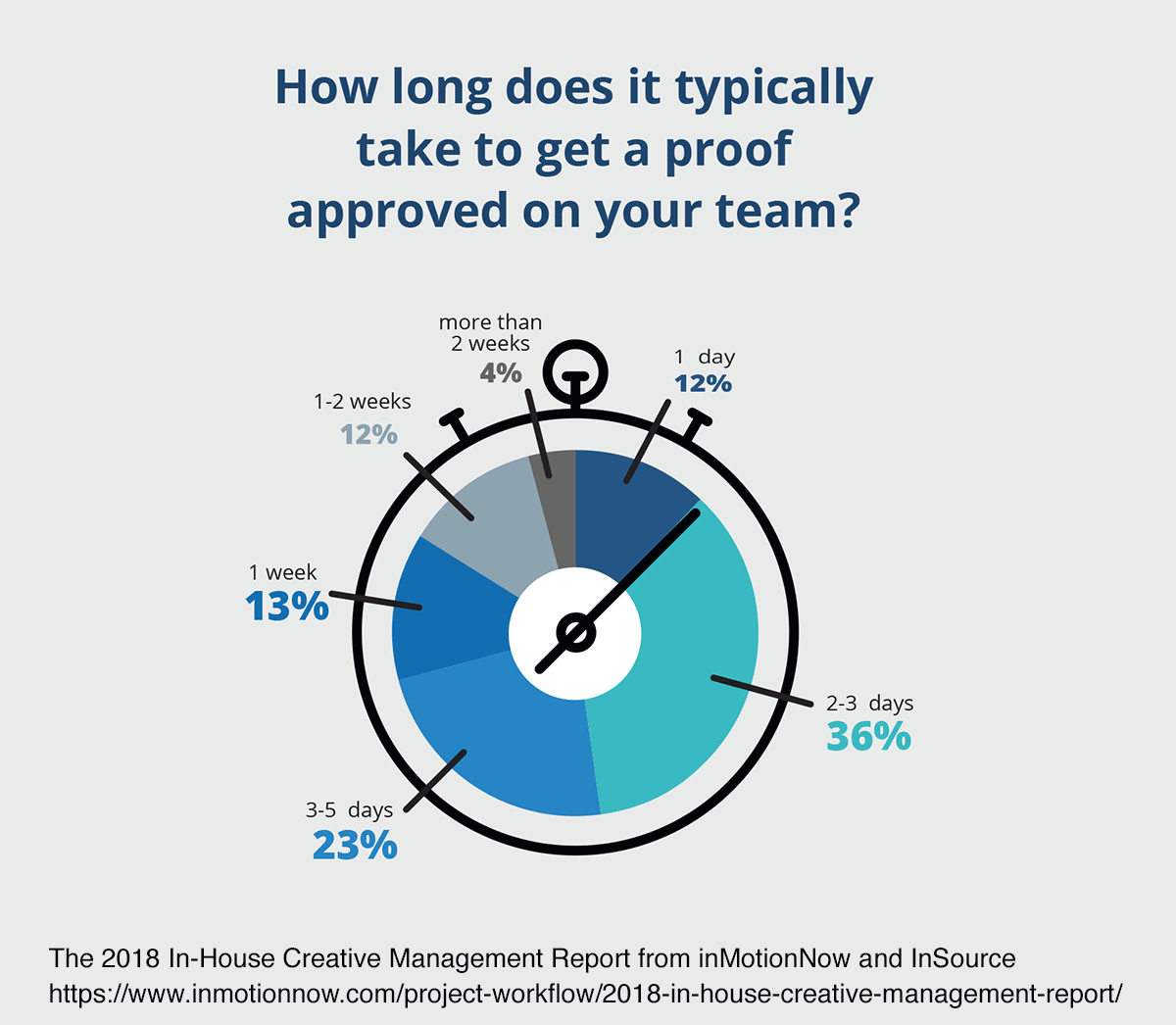
How long does it take to write a blog post?
If you’re an average blogger writing the average blog post, it’s 3 hours and 20 minutes.
But writing that post is just one step of the process, isn’t it? There’s also:
- Picking the blog post topic
- Planning the blog post’s phases of development
- Assigning the post
- Editing the post
- Re-editing the blog post
- Creating art for the blog post
- Laying out the blog post
- Getting the blog post approved
- Publishing the blog post
- Promoting the blog post
Getting all that done can take a very long time. It’s not uncommon for large creative teams to require a full month to get a blog post out. And that’s if things flow relatively smoothly – without multiple rounds of edits, or multiple departments needing to approve the content.
But if you’re in mid-size to enterprise size business, there are often multiple rounds of edits. There are multiple departments and people who have to approve every single thing. Tally all those steps up, and producing even one blog post can take a very long time.
If your content creation workflow is not managed well, the time and resources required to publish even a simple post (much less a research report or an ebook) can take a month or more. The complexity of the process slows down your work, adds a lot of expense, cramps the results you’ll get from content marketing, and can be really bad for morale.
So it’s no wonder that the most successful content marketers are five times more likely to say their content creation workflow is “excellent/good” than their underperforming peers. And that holds true for both B2B and B2C marketers.
56% of the most successful B2C marketers rated “project management flow during content-creation process as excellent/very good”. Only 11% of the least successful content marketers said the same – a five-fold difference between the two groups.
70% of the most successful B2B marketers rated their “project management flow during content-creation process as excellent/very good” while only 14% of the least successful B2B content marketers said the same. Again: A five-fold difference.
So workflow really matters. In fact, if you look only at this aspect of content marketing, an underperforming content marketing team could quintuple their chances of being successful… just by improving their content creation workflow.
They might also make their lives a lot easier, too. Recent research has shown that the top two challenges for creative teams are the “speed at which creative teams are expected to work” and the “volume of demand for creative work.”

In fact, if you walk through the key phases of content marketing workflow management, you’ll find that problems with workflow, in their various guises, are the #1 thing creative teams struggle with.
Fortunately, if you look closely, you can also see hints for how to improve things.
Content ideation and submissions
How does your company collect and organize ideas for content? How you answer that question will reveal a lot about how well your content workflow flows. All too often, content workflows get bogged down and confused at this very first step in the process.

The secret to a workflow that flows is managing content creation ideas right from the beginning
The way to fix these types of ideation problems is to have one central place where anyone in the company can contribute their content ideas. This one place should probably be a form (even a Google form would work) that will require information like this:
- Content format (video/blog post/ebook/quiz/landing page/email)
- Target audience
- What problem the content solves for that target audience
- When the content is needed
- What the content is needed for
- Who submitted the idea
- Who should or could contribute to the content
- Who will need to approve the content
- Who the primary stakeholders are
Think of this form almost as if it was a ticket system. And like a ticket system, you may want to give several people access to the ticket’s progress. That way you can avoid those endless inquiries of “what happened to that piece?” or “when am I going to see that piece?” Instead of spending hours answering those types of questions every week, a content marketer can just point people to the ticket system where they can check themselves.
Tame the approval process
One other beauty of a ticket system is that (if it’s properly set up) you can sort by each user and see what they need to do. So… hopefully…. you’ll be able to tame the dreaded approval delays.

If it takes more than 2-3 days to get an approval, you’ve got a problem. And yet, 52% of content teams have to wait more than 3 days for approvals.
Back in my ad agency days, approvals from legal were among the most stressful parts of the content creation workflow. If your team tends to run right up to deadline (or even behind it), content may not get to legal until the last minute. And then it’s not uncommon for legal to send a piece of content that barely resembles what you sent them. In extreme examples of this, you almost have to start all over again.
The solution to this three-fold:
- Build in extra time for legal to make their fixes. Then add a day or two extra just to prevent the drama of approval fire drills.
- Make friends with legal. As much as content marketers should be going out to lunch with someone from customer service or someone from sales every month, they should be building relationships with the key stakeholders who can say nay or yea to their content.
- Experiment with pre-reviews. I saw this work at an ad agency a few years ago. Our senior team lead would take a nearly-finished piece of content and then go “visit” their friend in legal. When the team lead came back, we’d usually know which major elements of the piece would or would not fly with legal. And if there was a really big, structural problem, our team lead might call in a VP to fight it out with legal to protect a particularly worthy (if risky) idea. With this informal pre-review process, the powers that be could hash things out while the creative team worked on other things until the major issues were resolved. This worked FAR better than sending the final version of something over to legal at 6pm the day before the deadline, only to have legal shred it and our team have to stay until 10pm or later. It often works well for C-Suite approvals, too.
The other typical problem with approvals is when the C-Suite gets involved. Because of the demands that CEOs and other executives face, even if they’re generally good about turning around approvals, it’s just a matter of time (no pun) until they get hit with a major, super-high priority project that cannot be interrupted. And yet, for the content marketer, they still need to get their approvals. The content schedule doesn’t stop simply because there’s a merger or the company goes public.
The solution? Have a trusted stand-in for content approvals when the boss isn’t available. It may take some flexibility on the executive’s part, but if they want to avoid adding thousands of dollars to the cost of each project (rush work often costs 50% more), then they’ll find someone whose judgment they trust.
Alternatively, try to get the content to the executive in a way that makes it easy for them. If that means printing an ebook, do it. If it means creating a simple video walk-through of the project’s status, do it. Busy executives need to be able to approve content on planes, trains, and even without an internet connection. Do what it takes to make that happen.
Give your creative team big blocks of uninterrupted time
Creative work is not like managerial work. If you’re a manager and you’ve got 15 minutes between meetings, you can get something done.
It’s much harder for a creative to effectively use that short a block of time. But because creatives get dragged into all sorts of meetings, and get drive-by questions about their work, and get interrupted by people doing approvals, they often really struggle to do the type of “deep work” that is required.
This is stressful for the creative. It’s also terrible for the quality of their work. And it slows their productivity down by a lot.
Fortunately, the solution is simple: Protect your creatives’ time.
Good content teams often have someone who runs interference for the creatives. This can be the content marketer, or it can be a team lead. The team lead basically just takes all those drive-by questions. They address all the feedback noise (or direct it to a ticket system, where it should be going anyway). They intercept even executives who want to stride in and tell a creative what to do. In short, they are a barrier between the creative and the rest of the company.
Another way to protect your creatives’ time (and everyone’s time) is to schedule the essential meetings all together. For instance, schedule meetings only on Tuesdays and Thursdays. That leaves Mondays, Wednesdays, and Fridays for uninterrupted work.
Try it. See if your creatives don’t suddenly become 20-30% more productive.
Back to you
What are the biggest blocks in your company’s content workflow? How are you addressing them? Leave your answers in the comments.
Want to work smarter and start generating real results from your content marketing? Find out how to use the new Scoop.it Content Director to help you become a smarter marketer!



Great stuff !